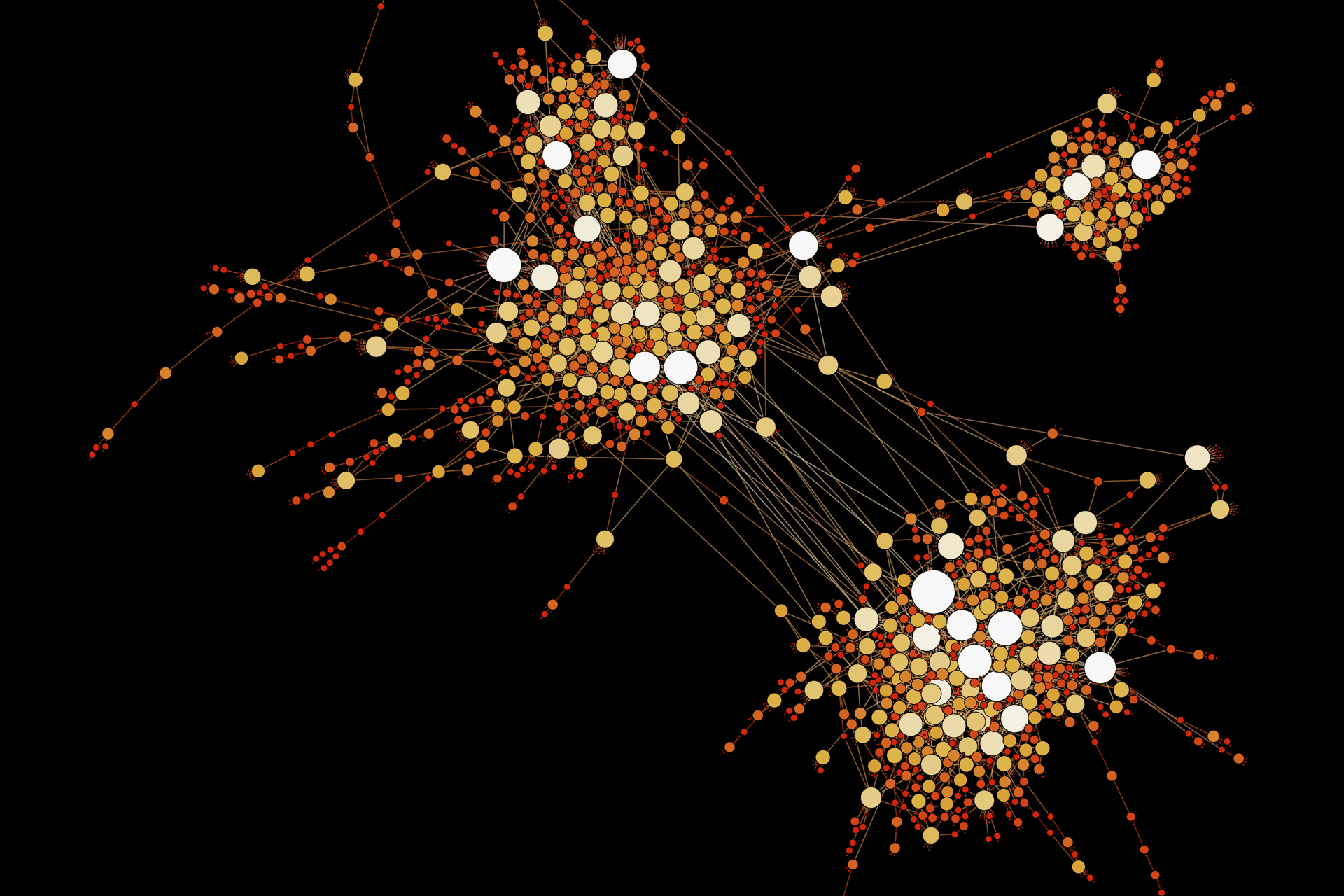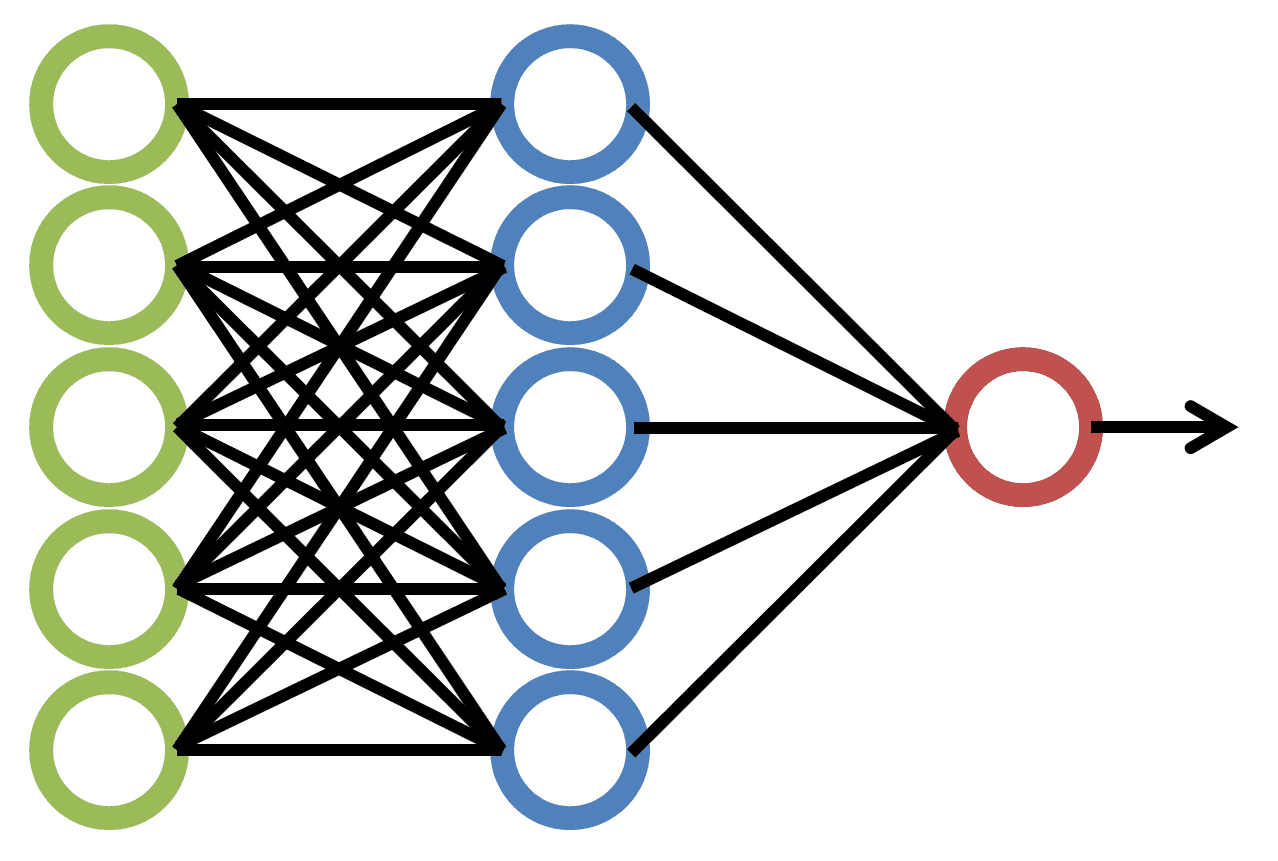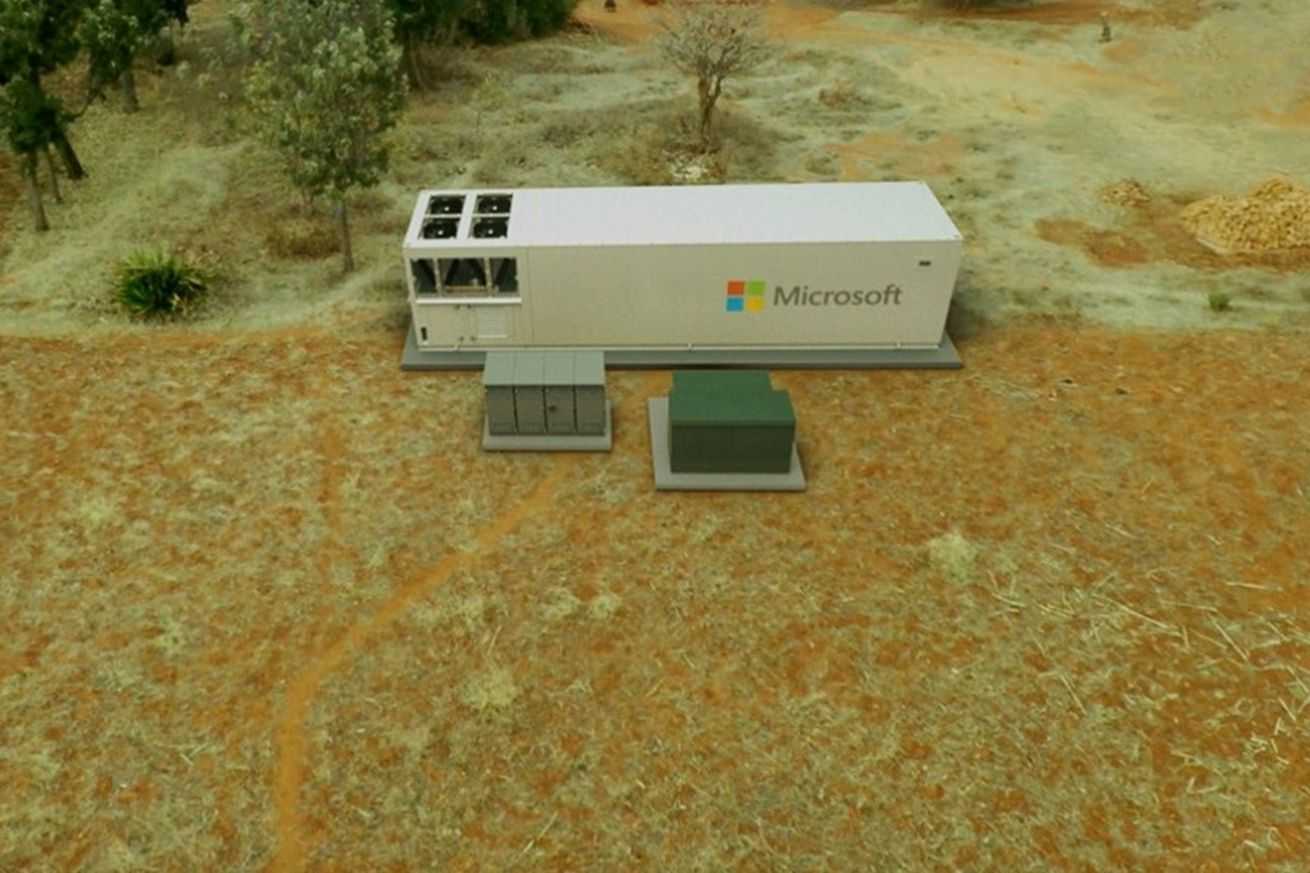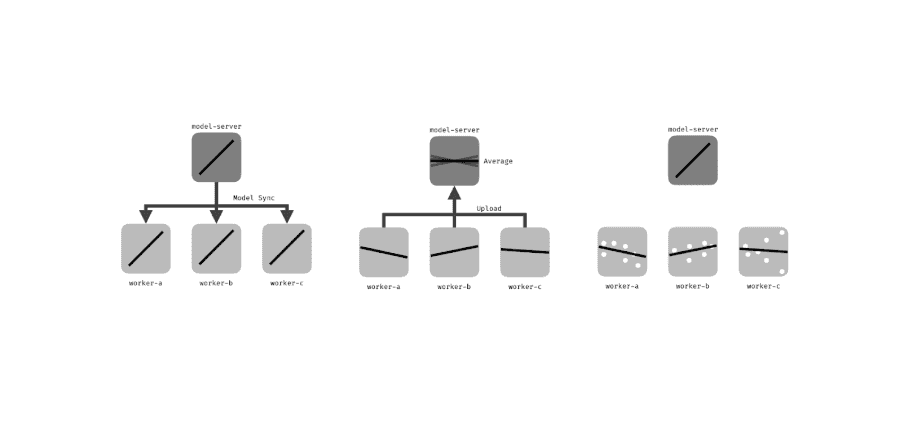
Dispersed intelligence
From cloud to corner.
How likely? How soon? What impact?
Since the invention of digital electronic computers in the 1940s, the pendulum of centralization and decentralization of raw processing power has swung back and forth several times. For decades, mainframes dominated. Then in the 1980s and 1990s, the personal computer and local area networks (LANs) took over. Over the last fifteen years, cloud computing has concentrated shared facilities on a new, global scale.
Over the next decade, the shift may reverse once again, as high-powered devices at the network's edge—smart phones, self-driving cars, and sensors—take on a growing burden of computational workloads. This dispersal of machine intelligence is driven by both technical and social concerns. Privacy and security issues with sensitive data are forcing design changes. Processing raw data inside sensors means it can be quickly deleted, with only the results transmitted up to the cloud. The accelerating energy demands of machine learning also point towards more processing closer to where data is needed. For cities, as ethics and engineering concerns collide, bringing the site for processing back into local jurisdictions could create new leverage. The cloud is coming down to earth.
Signals
Signals are evidence of possible futures found in the world today—technologies, products, services, and behaviors that we expect are already here but could become more widespread tomorrow.




..png)






